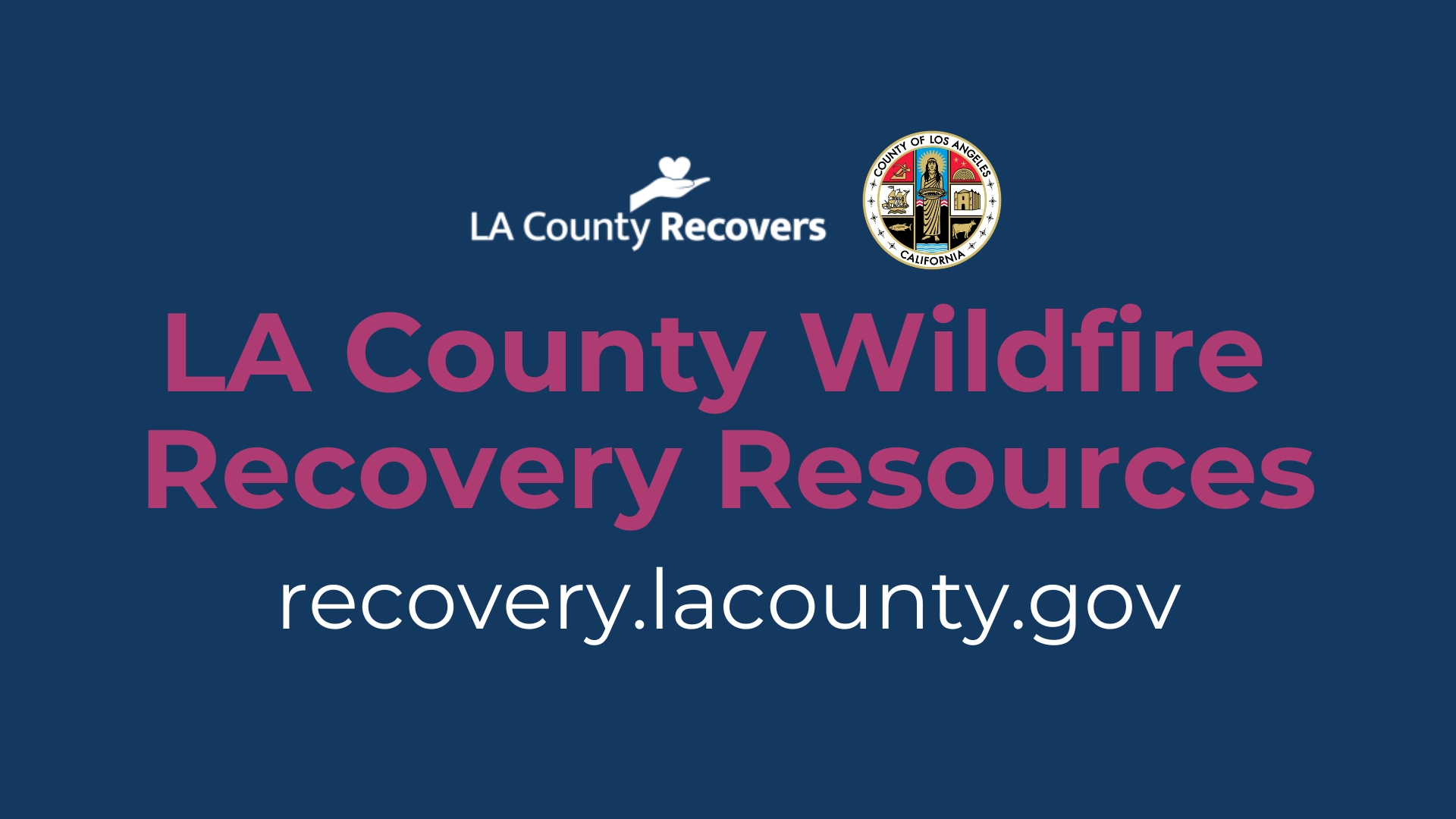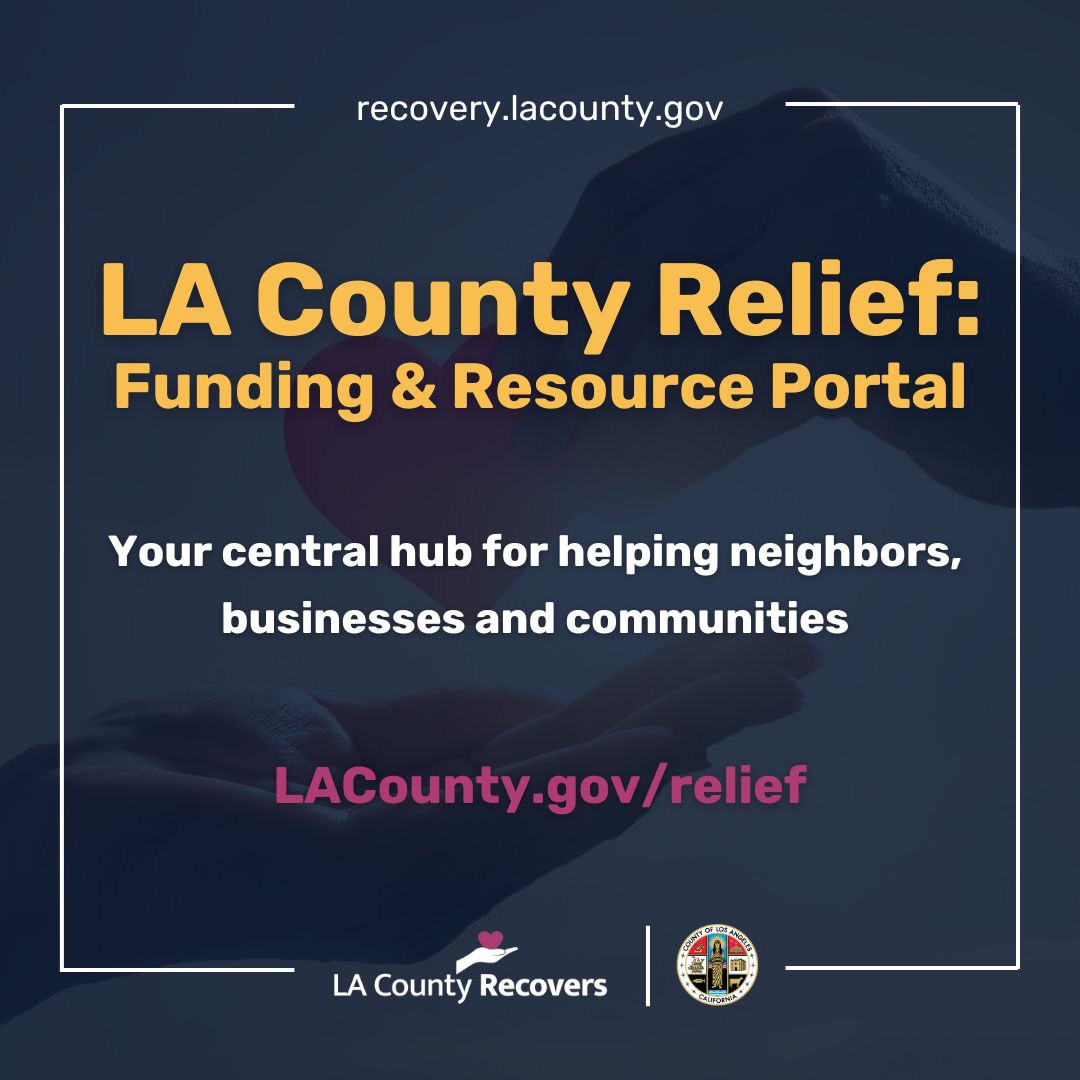
Current Situation
The impacts of the fires that burned throughout Los Angeles County in January 2025 will be long-lasting. Thousands of homes and other structures have been lost. Los Angeles County departments, including Sheriff, Fire, Office of Emergency Management, Public Works and Public Health, are working together to provide comprehensive services so those affected by the wildfires have the information and support they need.
For a comprehensive list of information related to wildfires response services being provided by the County of Los Angeles, visit https://recovery.lacounty.gov/road/.
Health Advisory
As local officials begin to clear impacted areas for entry, Public Health reminds residents about the dangers associated with fire debris. A Health Advisory has been issued for individuals residing within 250 yards of a burned structure or parcel within or near the Palisades and Eaton burn areas.
Residents in these areas may face an increased risk of exposure to hazardous substances from ash, soot, and fire debris before the completion of Phase 1 (hazardous materials removal) and Phase 2 (fire debris removal). Exposure to these materials may lead to physical health symptoms (American Chemical Society, EST Air, 2025, 2, 13-23) and may pose long-term health impacts. Strong winds and weather fluctuations may increase both the exposure risk and the affected distance.
Recovery Resources
FREE BLOOD LEAD TESTING
For Wildfire-Impacted Communities
-
Visit Your Medical Provider
- Ask your doctor for a blood lead test.
- Testing is covered by most insurance plans, including Medi-Cal.
-
Go to a Quest Lab for a Free Blood Lead Test
- Dial 1-800-LA-4-LEAD to request a free appointment through Quest Labs.
- Simple, convenient, and confidential.
For more information visit: LA County Recovery.
For more information visit: LA County Recovery.
Medication Access
If you’ve been affected by the wildfires, this FAQ provides answers to common questions about accessing and replacing medications. It also explains the disaster response rules for pharmacies and insurers.
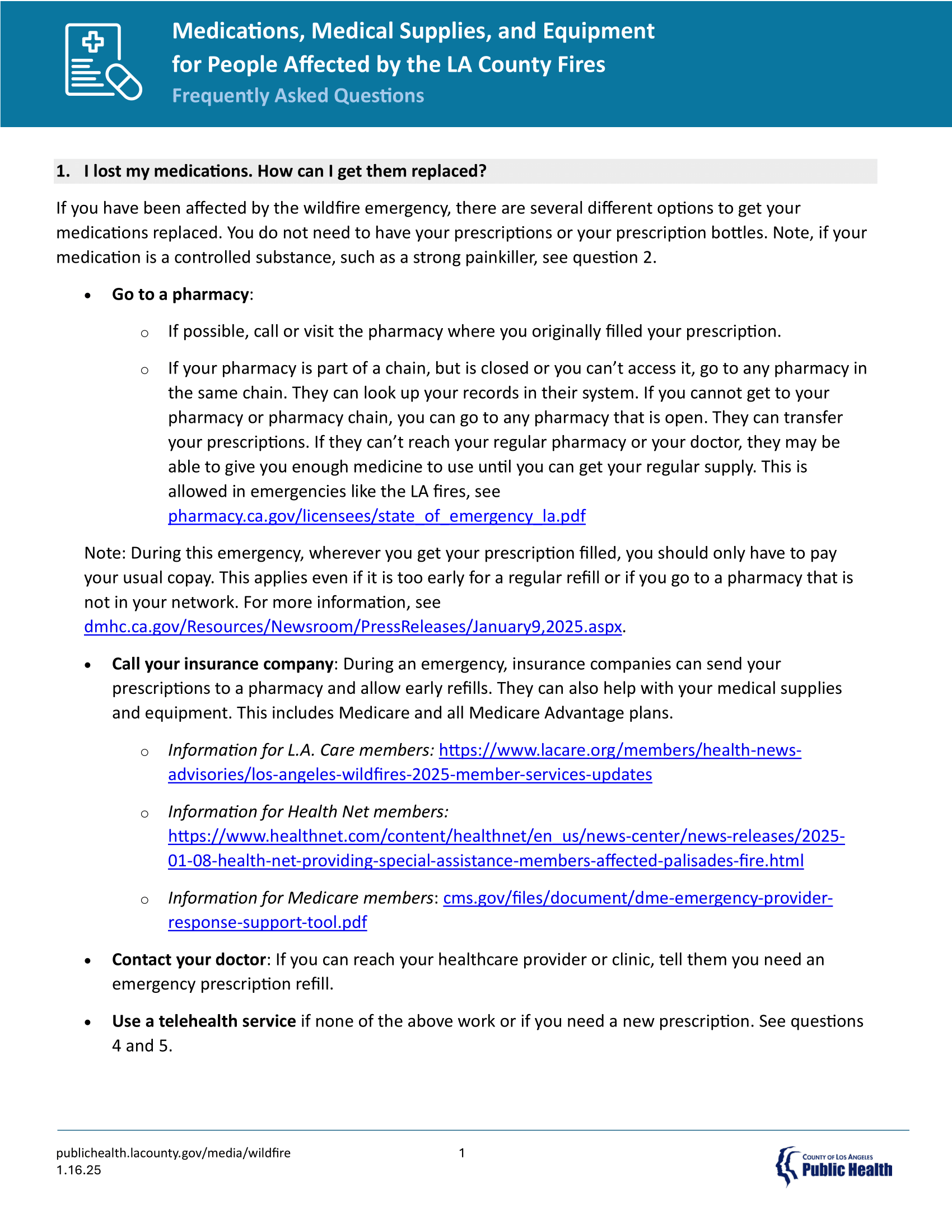
Medication Access - Frequently Asked Questions
Health Insurance Coverage for Wildfire Disaster Victims
California residents can enroll in health coverage through Covered California until Jan. 31, 2025, by either visiting CoveredCA.com or by calling Covered California at (800) 300-1506. FEMA-emergency-affected individuals will have up to 60 days from the end of the FEMA-designated incident period to select a new Marketplace plan or make changes to their existing Marketplace plan. They must contact the Marketplace Call Center at 1-800-318-2596 or TTY at 1-855-889-4325 and indicate they were eligible for an enrollment window but were unable to complete their enrollment due to a FEMA-designated emergency or disaster. For more information, please visit: https://www.cms.gov/cciio/resources/regulations-and-guidance/fema_sep and https://www.cms.gov/newsroom/news-alert/cms-announces-resources-and-flexibilities-assist-public-health-emergency-state-california.
Health Officer Orders
On January 10, Public Health declared a declared a local health emergency in Los Angeles County and issued an order temporarily banning the use of air blowing devices, like leaf blowers (Revised 1-23-25). The recent strong winds and fires have caused hazardous air quality, increased ash, and debris, and disrupted essential health services. Ash is like a fine, dangerous dust that can be inhaled deep into the lungs and can cause major problems everywhere it lands. It’s not just dirt.
Devastating fires throughout Los Angeles County have burned and destroyed thousands of residences and other structures. The fire debris and ash that resulted from the residential and other structural fires may contain asbestos, heavy metals, and other hazardous substances. Fire debris and ash pose significant threats to public health through inhalation of dust particles and contamination of drinking water supplies. Accordingly, improper handling of fire debris and ash can expose persons and workers to toxic materials, and improper transport and disposal of fire debris can spread hazardous substances throughout the community.
The Los Angeles County Department of Public Health has issued an updated Health Officer Order (HOO) that provides protective fire debris removal and disposal requirements for properties within the Palisades and Eaton burn areas that do not have one or more burned structures and are not eligible for the government-run debris removal program (Phase 1 or Phase 2). These properties may have fire debris in the form of burned trees, shrubs, fences, etc.. Property owners of non-qualifying properties that plan to remove fire debris must use best management practices for dust control during fire debris removal, transport, and disposal to protect the health and wellbeing of those involved in fire debris removal and people in surrounding areas. For more information please reference Guidelines for Dust Control and Worker Safety During Fire Debris Removal in the Palisades and Eaton Burn Areas.
Updated: March 24, 2025
On January 23, the County Health Officer revised the Order prohibiting the use of power air blowers throughout the County. The Order now limits the prohibition of the use of power air blowers, such as leaf blowers, to only within the Palisades and Eaton Wildfire Perimeter Areas as defined by the CAL FIRE and The Wildland Fire Interagency Geospatial Services (WFIGS) Group. This revised Order remains in effect until the County Health Officer determines that fire recovery conditions have progressed to a point, where use of air propelling devices will not negatively impact the health of residents and persons working in those areas.
Although power air blowers may be used in all areas of the County of Los Angeles that are outside of the Palisades and Eaton wildfire perimeters, in areas where concerning amounts of ash and dust are still present, the County Health Officer recommends that individuals consider alternatives to the use of power air blowers, for example, gentle sweeping followed by wet mopping or HEPA vacuums, to collect and remove them. Individuals cleaning fire-related ash and dust should wear respiratory, eye and skin protection to limit contact with hazardous materials that may exist within the ash or dust.
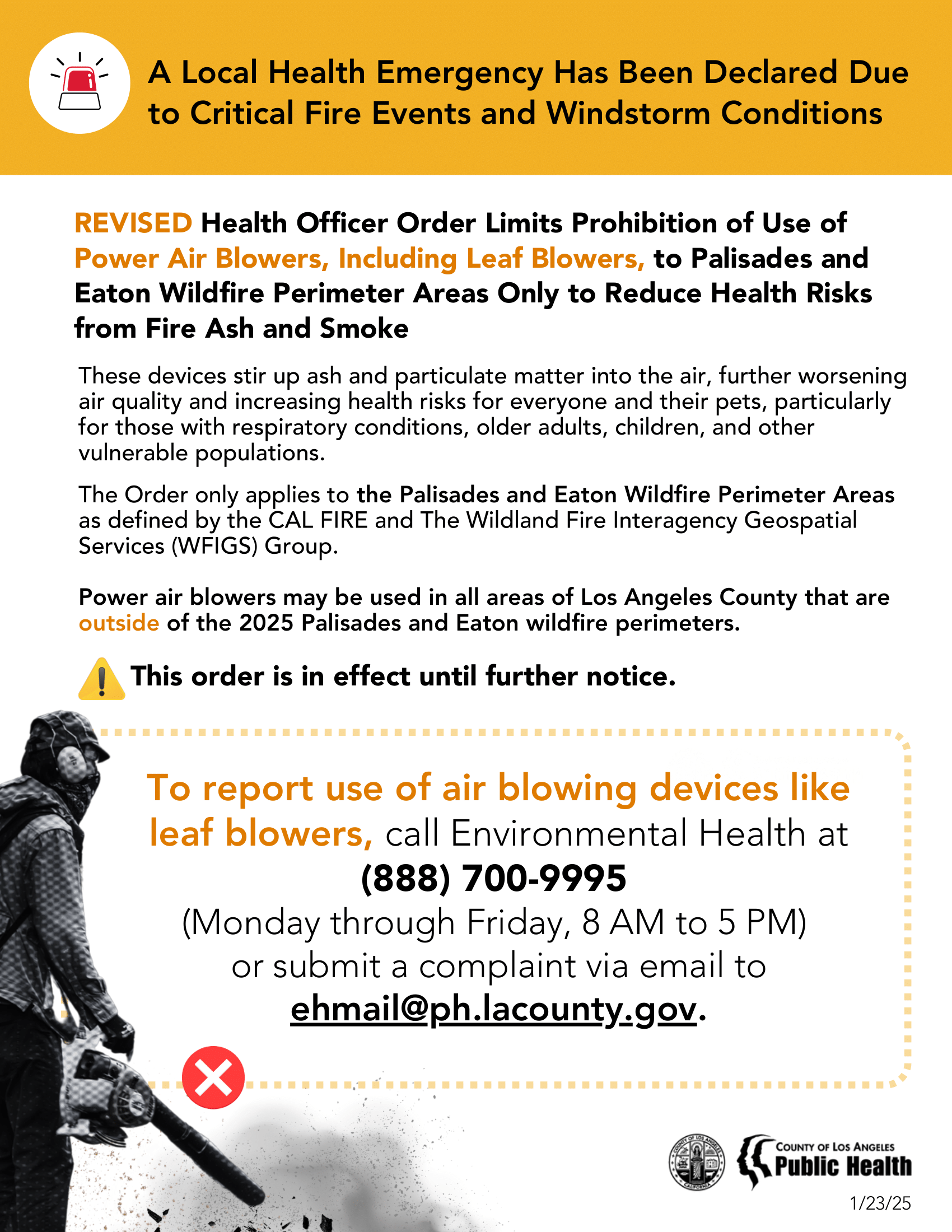
News & Updates
-
June 26, 2025Advisory: Final Community Blood Lead Testing Event Scheduled by Public Health
-
May 22, 2025Public Health Launches Eaton Fire Soil Testing Program
-
April 16, 2025New Interactive Dashboard Tracks Environmental and Health Monitoring Following January Wildfires
-
April 10, 2025Public Health Releases Preliminary Soil Testing Results With Unanticipated Elevated Lead Levels in Parcels Downwind from Eaton Fire
-
April 09, 2025After Rigorous Testing, Public Health Lifts Ocean Water Quality Advisory for Fire-Impacted Beaches - RESIDENTS CONTINUE TO BE ADVISED TO AVOID FIRE DEBRIS IN THE WATER, ON THE BEACH, AND ON OR NEAR BURNED PROPERTIES
-
March 24, 2025Updated Health Officer Order Requires Dust Control Measures for Fire Debris Removal in Palisades and Eaton Burn Areas
-
February 11, 2025Public Health Advisory Noted for Those Residing Near Burned Structures in Palisades and Eaton Areas
-
January 23, 2025REVISED Health Officer Order Limits Prohibition of Use of Power Air Blowers, Including Leaf Blowers, to Palisades and Eaton Wildfire Perimeter Areas Only
-
January 23, 2025Windblown Dust and Ash Advisory
-
January 23, 2025Smoke Advisory - Unhealthy Air Quality Declared due to Hughes Wildfire
-
January 19, 2025Windblown Dust and Ash Advisory
-
January 17, 2025Ocean Water Advisory Due to Fire Runoff Contamination Extended - Avoid Water Contact from Surfrider Beach to Dockweiler Beach at World Way
-
January 15, 2025Health Officer Issues Order for Safe Removal, Transport, and Disposal of Fire Debris
English | Español -
January 14, 2025Windblown Dust and Ash Advisory
English | Español -
January 11, 2025Smoke Advisory Extended - Unhealthy Air Quality Declared due to Multiple Wildfires
English | Español -
January 10, 2025Local Health Emergency Declared Due to Critical Fire Events and Windstorm Conditions - Health Officer Issues Order Prohibiting Use of Power Air Blowers, Including Leaf Blowers, to Reduce Health Risks from Fire Ash and Smoke
English | Español -
January 10, 2025Smoke Advisory Extended - Unhealthy Air Quality Declared due to Multiple Wildfires English | Español
-
January 9, 2025Ocean Water Advisory Due to Fire Runoff Contamination
-
January 8, 2025Smoke Advisory - Unhealthy Air Quality Declared due to Multiple Wildfires
English | Español -
January 7, 2025Smoke Advisory Extended - Unhealthy Air Quality Declared due to Multiple Wildfires
Safe drinking water restored for all impacted public water systems. To learn more visit: https://waterboards.ca.gov/press_room/press_releases/2025/pr20250509-la-wildfire-recovery.pdf
Post-Fire Recovery and Impact
Wildfire Rapid Needs Assessment
The Los Angeles County Department of Public Health, in collaboration with the LA County Wildfire Recovery Health and Social Services Task Force, developed a rapid needs assessment for residents who live or lived in the Palisades or Eaton Fire-impacted areas. The survey was designed to understand what the affected communities need to recover and, ultimately, to help direct resources to support the most critical, community-identified needs.
There was a total of 1,468 survey responses from the Eaton Fire area and 838 survey responses from the Palisades Fire area. The survey was distributed electronically by government agencies, including the LA County Board of Supervisors and the Department of Public Health, as well as by the LA County Wildfire Recovery Health and Social Services Task Force member organizations. It was open from 2/19/25 through 3/10/25 and was available in English, Spanish, Chinese Simplified, Chinese Traditional, Korean, Tagalog, and Vietnamese.
Virtual Townhalls
The Los Angeles County Department of Public Health and partners are hosting a series of virtual townhalls to keep residents in wildfire impacted communities informed about the latest updates related to recovery efforts and resources, post-fire assessment plans, and to answer your questions on how to protect your health and community during recovery.
Past townhall recordings are available below. Future townhalls will be announced on this page and through Public Health's social media channels:
-
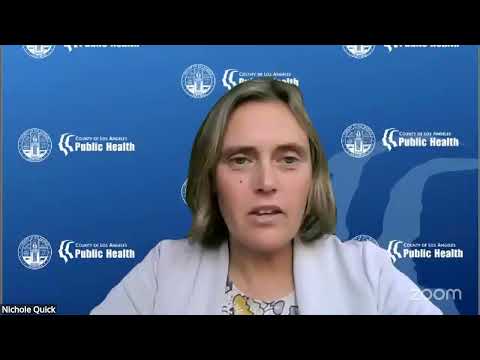 Post-Fire Air, Soil, Water Assessment Plan Virtual Town Hall
Post-Fire Air, Soil, Water Assessment Plan Virtual Town Hall
Date: May 29, 2025 -
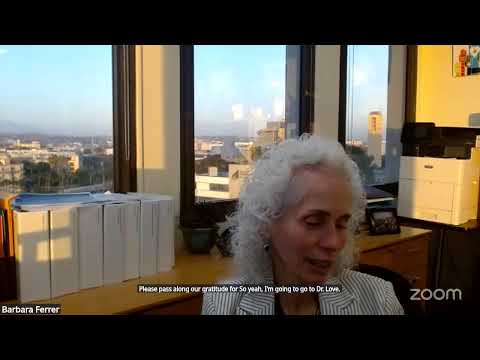 Post-Fire Air, Soil, Water Assessment Plan Virtual Town Hall
Post-Fire Air, Soil, Water Assessment Plan Virtual Town Hall
Date: May 8, 2025 -
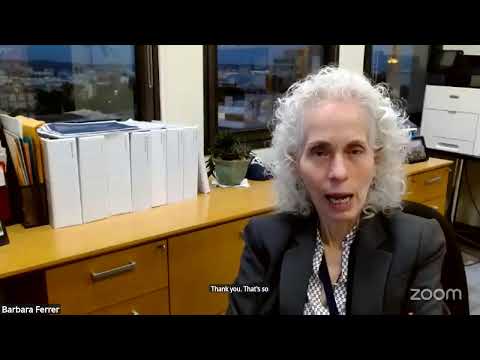 Post-Fire Air, Soil, Water Assessment Plan Virtual Town Hall
Post-Fire Air, Soil, Water Assessment Plan Virtual Town Hall
Date: April 10, 2025 -
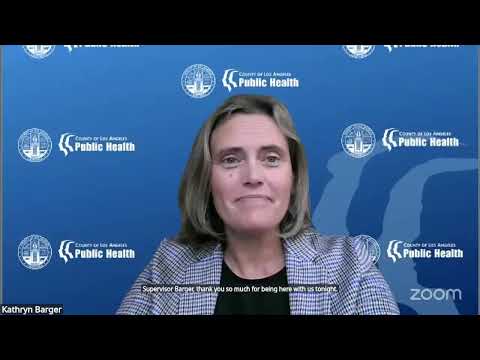 Post-Fire Air, Soil, Water Assessment Plan Virtual Town Hall
Post-Fire Air, Soil, Water Assessment Plan Virtual Town Hall
Date: March 27, 2025 -
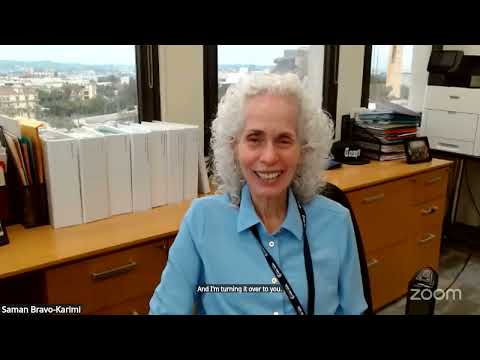 Public Health Virtual Town Hall on Post-Fire Impact – Eaton Area Schools
Public Health Virtual Town Hall on Post-Fire Impact – Eaton Area Schools
Date: March 26, 2025 -
 Public Health Virtual Town Hall on Post-Fire Impact – Palisades Schools
Public Health Virtual Town Hall on Post-Fire Impact – Palisades Schools
Date: March 25, 2025 -
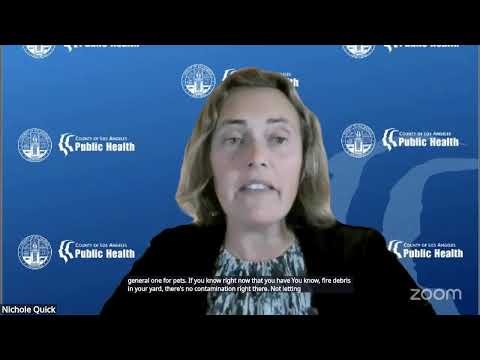 Post-Fire Air, Soil, Water Assessment Plan Virtual Town Hall
Post-Fire Air, Soil, Water Assessment Plan Virtual Town Hall
Date: March 6, 2025 -
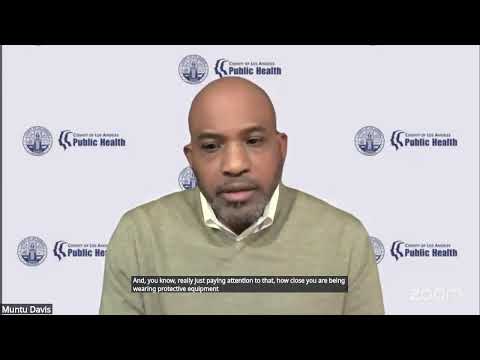 Post-Fire Air, Soil, Water Assessment Plan Virtual Town Hall
Post-Fire Air, Soil, Water Assessment Plan Virtual Town Hall
Date: February 18, 2025 -
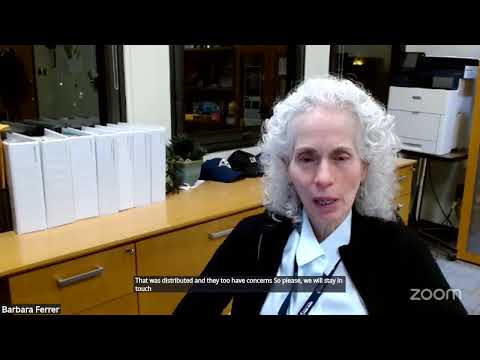 Town Hall on Air Quality, Soil, Water, and Safe Cleanup After Wildfires
Town Hall on Air Quality, Soil, Water, and Safe Cleanup After Wildfires
Date: January 31, 2025
